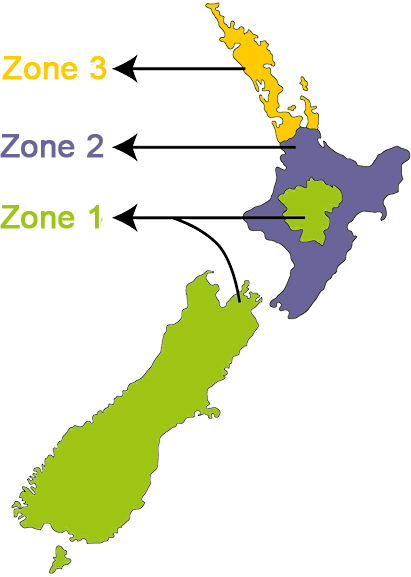
Growing Guide
Full sun. Well drained soil.
1cm
600cm
600cm
500-1000cm2
1.5cm
Transplant
7-10
730-1460
While any viable citrus seeds you sow can become beautiful, productive plants, hybrid plants—if they produce fruit—the fruit will not be the same in taste or appearance as the one it came from.
This isn’t necessarily a bad thing, it’s just different.
Satsuma tangerines are one of the few citrus plants that bear fruit similar to the parent when grown from seed.
Taking cuttings from parent trees is another great way to speed up this process and ensure you will enjoy the fruit.
When planting in a pot, choose a dwarf orange variety (i.e 'Dwark Valencia' or 'Dwarf Navel'.) Choose a pot at least 50cm wide and deep.
Position pot in full sun, and fill with quality potting mix.
Consider placing the pot on wheels if you live in a cold area, so it can be moved to a protected spot during winter.
Dig a hole in the pot twice the size of the root ball.
Remove the shrub from the container, gently tease the roots and cut away any circled or tangled roots.
Position in a hole in the pot and gently backfill, firming down.
Water in well.
Water deeply 2-3 times a week, depending on the weather conditions.
Feed your citrus three times a year with fertilizer or compost (early spring, summer and autumn).
When the tree starts producing, feed weekly with citrus food.
Choose a sunny spot with well-drained soil.
Enrich soil with fertilizer.
Choose a sunny spot with well-drained soil.
Enrich with fertilizer.
If the soil is clay-based, add gypsum and fork in well.
Dig the planting hole twice as wide, and to the same depth as the root-ball.
Gently tease roots from the container, and position in the hole.
Backfill.
Form a raised ring of soil around the base of the tree, and dig a well around the trunk, so that the mound is shaped like a doughnut.
This allows the water to go to where it's needed.
Water in well.
Mulch around the base but away from the trunk.
Water in deeply.
Feed your citrus three times a year with fertilizer or compost (early spring, summer and autumn).
When the tree starts producing, feed weekly with citrus food.
Begin by obtaining a couple of the fruits you wish to propagate.
This is to increase the chance of getting seedlings.
Carefully remove the seeds from the citrus fruit, taking care not to damage the seeds and squeezing them out gently.
Rinse the seeds in water to separate them from the pulp and remove the sugar that clings to them; sugar encourages fungal growth and will jeopardize potential seedlings.
Place them on a paper towel.
Sort out the largest seeds; those which are more white than tan with a shriveled outer skin are the most viable.
You may now plant the seeds or prepare them for citrus seed storage.
To store the citrus seeds, place them on a moist paper towel.
Keep about three times the amount of seeds that you want to plant in case some of them are not viable.
Wrap the seeds in the damp towel and place them inside a plastic ziploc type bag.
Place the bag in the refrigerator.
Citrus seed storage in the fridge will last for several days to several months.
Unlike other seeds, citrus seeds need to stay moist.
If they dry out, it is very likely they will not germinate.

Zone 1 - Cool
July , August , September , October
Zone 2 - Temperate
June , July , August , September , October
Zone 3 - Subtropical
May , June , July , August , September